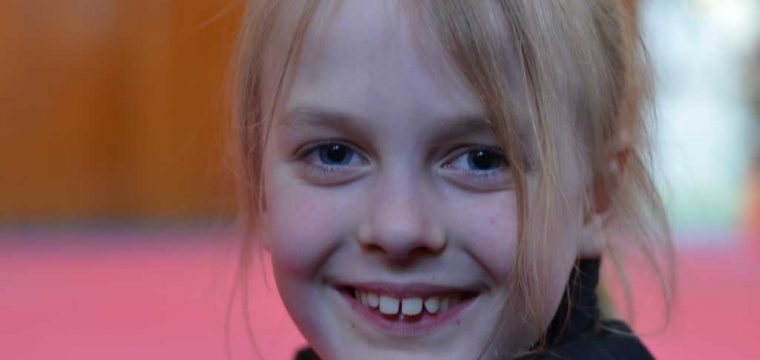Establishing good self-concept, an understanding of values, and believing in ourselves to help develop self-confidence and strengthen resilience have been the focus of our Flying Start and Safety Net programs in our kids programs this term. There are many practical ways to improve confidence and strengthen resilience in children, including practising good posture, developing awareness of their physical strength through exercise, recognising that practice builds competence, and continuing to attempt something difficult until they succeed or get closer to success. There are also cognitive strategies that are helpful in the growth of confidence and resilience.
Two of the most valuable cognitive strategies children can learn to enhance confidence and resilience are: what they say to themselves, and how they think about challenging situations they find themselves in. Language, especially positive self-talk, is fundamental to establishing a positive mindset, and it can be very simple to teach by using it with children in everyday conversations. For instance, using the word “solution” (solution focused) rather than “problem” (problem solving) creates a more positive framework to address challenges, removing the problem word altogether.
Think of a child balancing on a high fence. You see the child and gasp! You shout, “Don’t fall!” and the fearless child looks at you, sees your fear, and discovers for the first time they may not be safe up there. The self-doubt is adopted immediately – because they trust your instincts – and down they come! The child had never even thought of falling, until you did. Let’s try that again: You see the child, push away your own fears and adopt a voice of calm. “What wonderful balance you have!” you say instead. The child grins and embraces the validation of their confidence. And 90% of the time they will make it safely to the end of the fence, where you can pull them down and hug them with your heart in your mouth, thankful for avoiding a trip to the ED.
Sure, 10% of the time, they might fall anyway. But that chance did not make them afraid to try, and the fall won’t destroy their self-confidence if you frame it in the right way. “Accidents sometimes happen” versus “That was very dangerous! Don’t do that again!”. Kids are breakable. We don’t want them to think they are bulletproof; we want them to learn that even if things don’t always go their way, there are some risks worth taking with the right precautions.
“What if I fall?” “Oh, but my Darling, what if you fly?” (Erin Hanson)
A change of perspective is sometimes needed. Negative language can be reframed to positive or adaptive language with a little effort. For example, is your child obstinate, or determined? Opinionated, or confident? Hyperactive, or energetic? Distractible, or curious? Oppositional, or independent. Reframing negative language is the key to developing the skill of focusing on the positive. Modelling is one of the most powerful parenting tools we possess, so it can help if we try to practise positive reframing ourselves every day, until it becomes one of our own Super habits.
